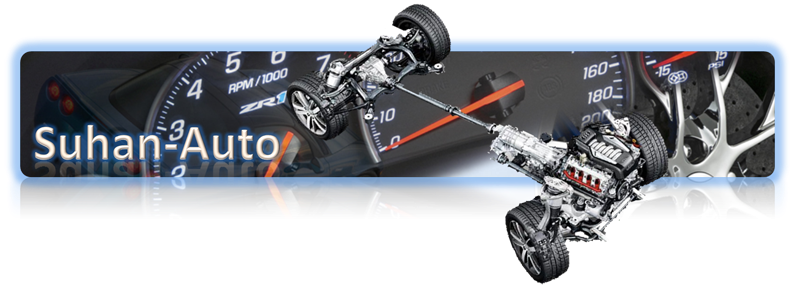With regenerative brakes, on the other hand, the system that drives the vehicle does the majority of the braking. When the driver steps on the brake pedal of an electric or hybrid vehicle, these types of brakes put the vehicle's electric motor into reverse mode, causing it to run backwards, thus slowing the car's wheels. While running backwards, the motor also acts as an electric generator, producing electricity that's then fed into the vehicle's batteries.
The regenerative braking effect drops off at lower speeds; therefore the friction brake is still required in order to bring the vehicle to a complete halt. Physical locking of the rotor is also required to prevent vehicles from rolling down hills. The friction brake is a necessary back-up in the event of failure of the regenerative brake.
The GM EV-1 was the first commercial car to do this. Engineers Abraham Farag and Loren Majersik were issued two patents for this brake-by-wire technology.
Reference:http://en.wikipedia.org/wiki/Regenerative_brake
http://auto.howstuffworks.com/auto-parts
GM patent 5775467 – Floating electromagnetic brake system.
GM patent 5603217 – Compliant master cylinder.


